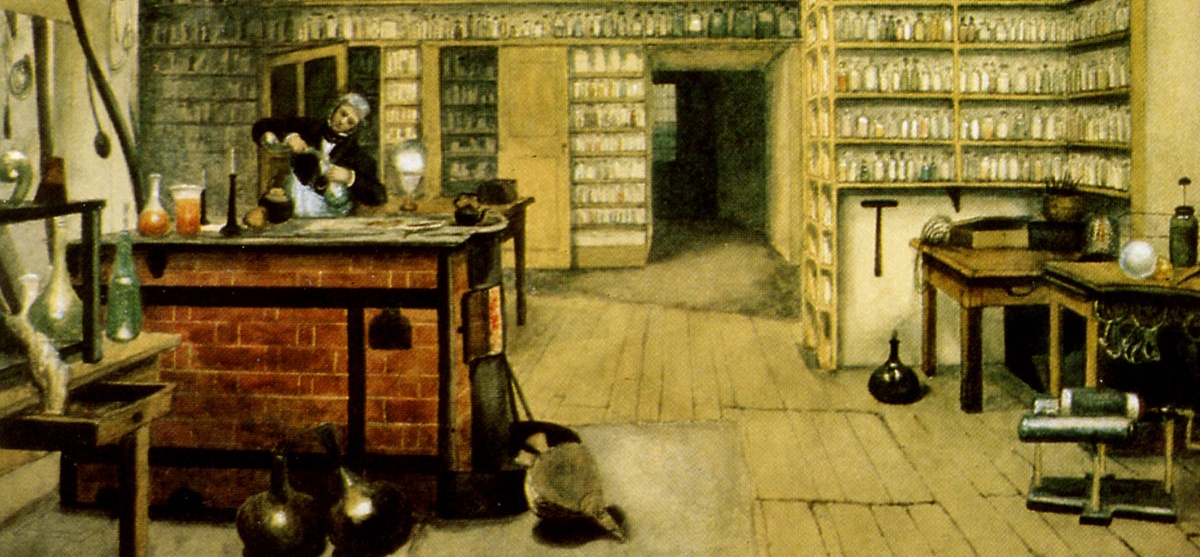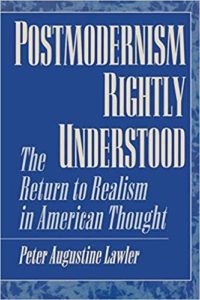
One of the problems that science textbook authors face is the fact that science is constantly changing. As we learn more about the Creator’s handiwork, we find that the science we have taught as fact is actually incorrect. Sometimes, this is because the experiments upon which those facts are based were in error. Sometimes, it’s because our interpretations of those experiments were in error. Sometimes, it’s a result of making conclusions that go beyond what the experiments actually tell us. The practical upshot of all this is that some of the things you are reading in your science textbooks are wrong.
I recently found out that something I (and most other authors) have taught about DNA is probably wrong. Most people know that DNA is a double helix. As shown in the illustration above, those two helixes wind around each other, with the information-bearing units (called nucleotide bases) inside. In order for cells to use the information in DNA, those helixes have to be separated so that the sequence of the nucleotide bases can be read. That means the helixes need to be held together when DNA is not being used, and then they must be separated when it is time for the cell to read the DNA.
How does that happen? Well, according to most textbooks (including mine), it is because the nucleotide bases form hydrogen bonds with one another. Hydrogen bonds are weaker than true chemical bonds, but they can hold things together. As I say it in my textbook, Exploring Creation with Biology, 2nd Edition:
…the attraction between the atoms in hydrogen bonding is about 15% as strong as the attraction between two atoms that have a true chemical bond linking them. Thus, the hydrogen bonds in DNA are strong enough to keep the two chains together in a double helix, but they are significantly weaker than a true chemical bond. Since they are weaker than a true chemical bond, it is rather easy for the two helixes in DNA to unravel.
This sounds great, but a recent study indicates that it’s probably not true. If nothing else, it doesn’t tell the entire story.
Continue reading “Something I (and Most Scientists) Have Taught for Many Years is Probably Wrong!”









